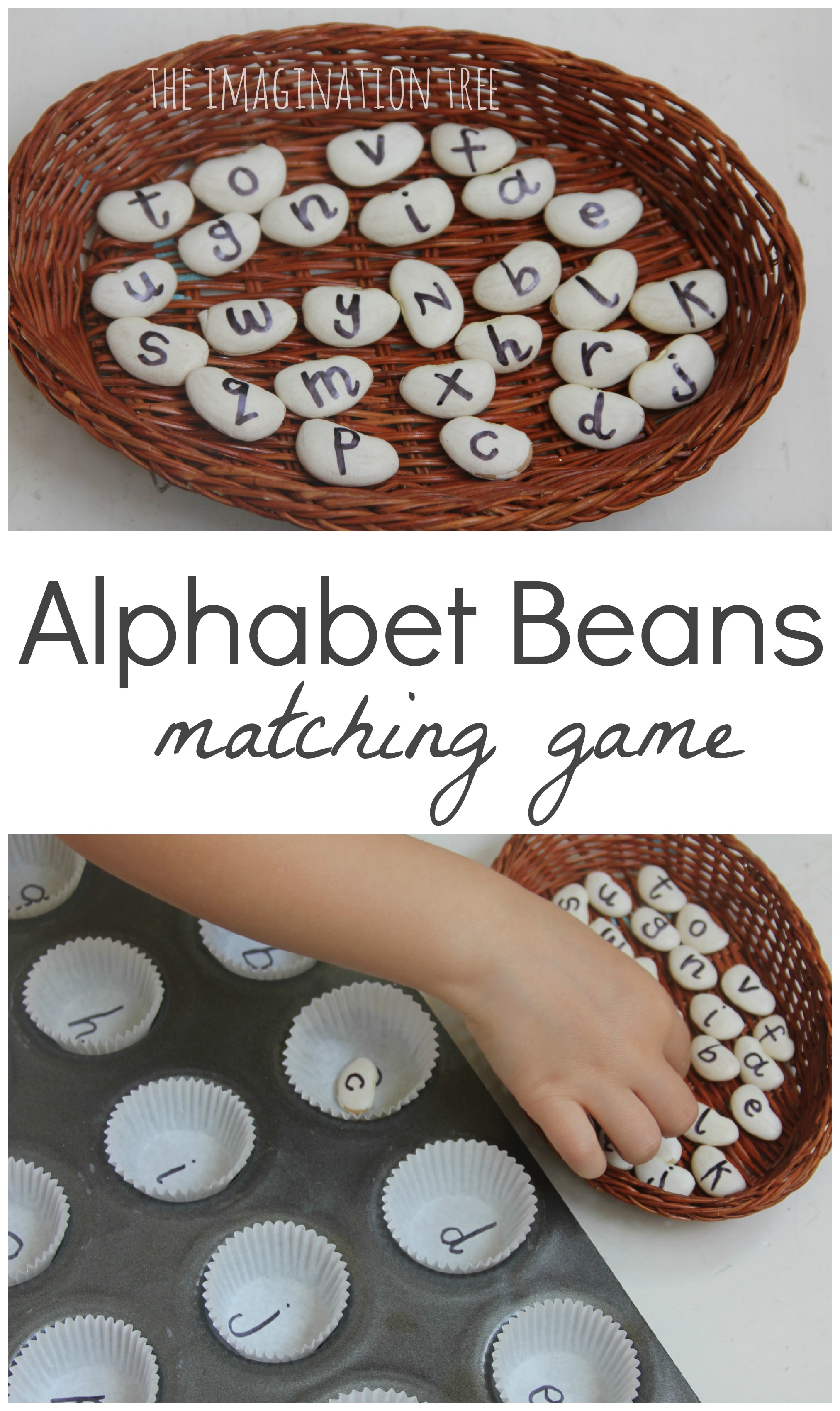- Jumping Beans Activity For Preschool
- Mexican Jumping Beans For Kids
- Mexican Jumping Beans Game
- Jumping Jack Beans Game
- Jumping Beans Game For Kids
The common jumping beans sold in novelty shops throughout the southwestern United States come from a deciduous shrub (Sebastiana pavoniana) with dark green, leathery leaves that turn red during the winter months.The jumping bean shrubs grow on rocky desert slopes and along arroyos in the region of the Rio Mayo in the states of Sonora and Chihuahua. Also, when you play Jumping Beans at the casino you have access to the Bonus Bean Feature. You get 10 free games when 3 Mrs. Beans appear on the screen after any Auto Nudge. During the free games, any Mr. Bean or Bandido Bean appearing on the screen rewards you with Bonus Beans on the Bonus Beans. Game where beavers pretend to be different beans. Last one to be a baked bean is out! Jumping Beans game from creative curriculum/gold Jumping beans is a game that helps students learn letters and letter sounds. This is a set of 26 capitals letters, 26 lower case letters, and then there is a set of 26 capitals and lower case letters combined. There are 11 jumping beans included.
Jumping Beans is a classic slot game by RTG with 3 reels and a mere 5 paylines. Most classic 3-reel slots are simply designed and catered towards those online slot players who like the old-school style slots that aren’t cluttered with paylines and complicated payouts.


Mexican jumping beans (also known as frijoles saltarines in Spanish) are seed pods that have been inhabited by the larva of a small moth (Cydia saltitans) and are native to Mexico. The 'bean' is usually tan to brown in color. It 'jumps' when mildly heated. They are from the shrubSebastiania pavoniana, often also referred to as 'jumping bean'. However, they are not related to actual beans (legume plants), but rather to spurges. The beans are considered non-toxic but are not generally eaten.[1]
After the moth-laid egg on the plant hatches, the larva eats away the inside of the bean (until it becomes hollow) and attaches itself to the inside of the bean with silk-like thread. The larva may live for months inside the bean with varying periods of dormancy. If the larva has adequate conditions of moisture and temperature, it will live long enough to go into a pupal stage. In the spring, the moth forces itself out of the bean through a round 'trap door', leaving behind the pupal casing. After its metamorphosis, the small, silver and gray-colored moth lives for no more than a few days.
As a novelty[edit]
When the bean is warmed (by being held in the palm of the hand, for example) the larva will move to eat, pulling on the threads and causing the characteristic hop.[2] Leaving the beans in a heated environment (such as direct sunlight) for more than a couple of hours can easily kill them.
The beans become energetic when a person holds them in the hand for a few minutes. The beans also appear to be a very slight shade of green on the side. When shaken near one's ear, a rattle is heard. When its hardened shell makes a softer rattle, this means that the larva has either died or entered the pupal stage[citation needed].
Jumping Beans Activity For Preschool
Care and storage[edit]
Beans should be stored in a cool, dry place.
Beans require periodic rehydration, mimicking the monsoon weather of their native Mexico. To rehydrate the beans, they need to be soaked, but not submerged, for about three hours in chlorine-free water once or twice a month.
Sources[edit]
Mexican Jumping Beans For Kids

The Mexican jumping bean comes from the mountains in the states of Sonora, Sinaloa, and Chihuahua. Álamos, Sonora, calls itself the 'Jumping Bean Capital of the World'. They can be found in an area approximately 30 by 100 miles where the Sebastiania pavoniana host tree grows. During the spring, moths emerge from last year's beans and deposit their eggs on the flower of the host tree.
See also[edit]
- Spirostachys africana, a related plant parasitized by a similar moth
- Emporia melanobasis, the moth parasite of Spirostachys africana
- Mighty Beanz, a plastic toy line in which the toys resemble Mexican jumping beans
Mexican Jumping Beans Game
References[edit]
- ^Marisa Demarco. 'The King and Queen of Hopping Seeds'. alibi.
- ^'How do Mexican jumping beans work?'. HowStuffWorks. April 2000. Retrieved 4 November 2013.

External links[edit]
Jumping Jack Beans Game
